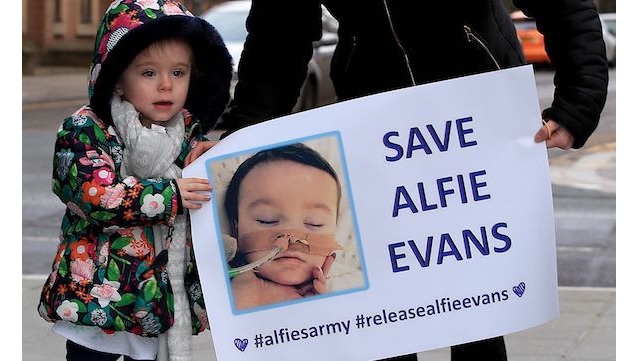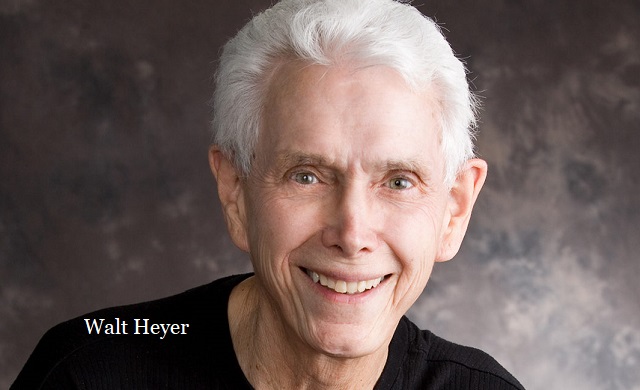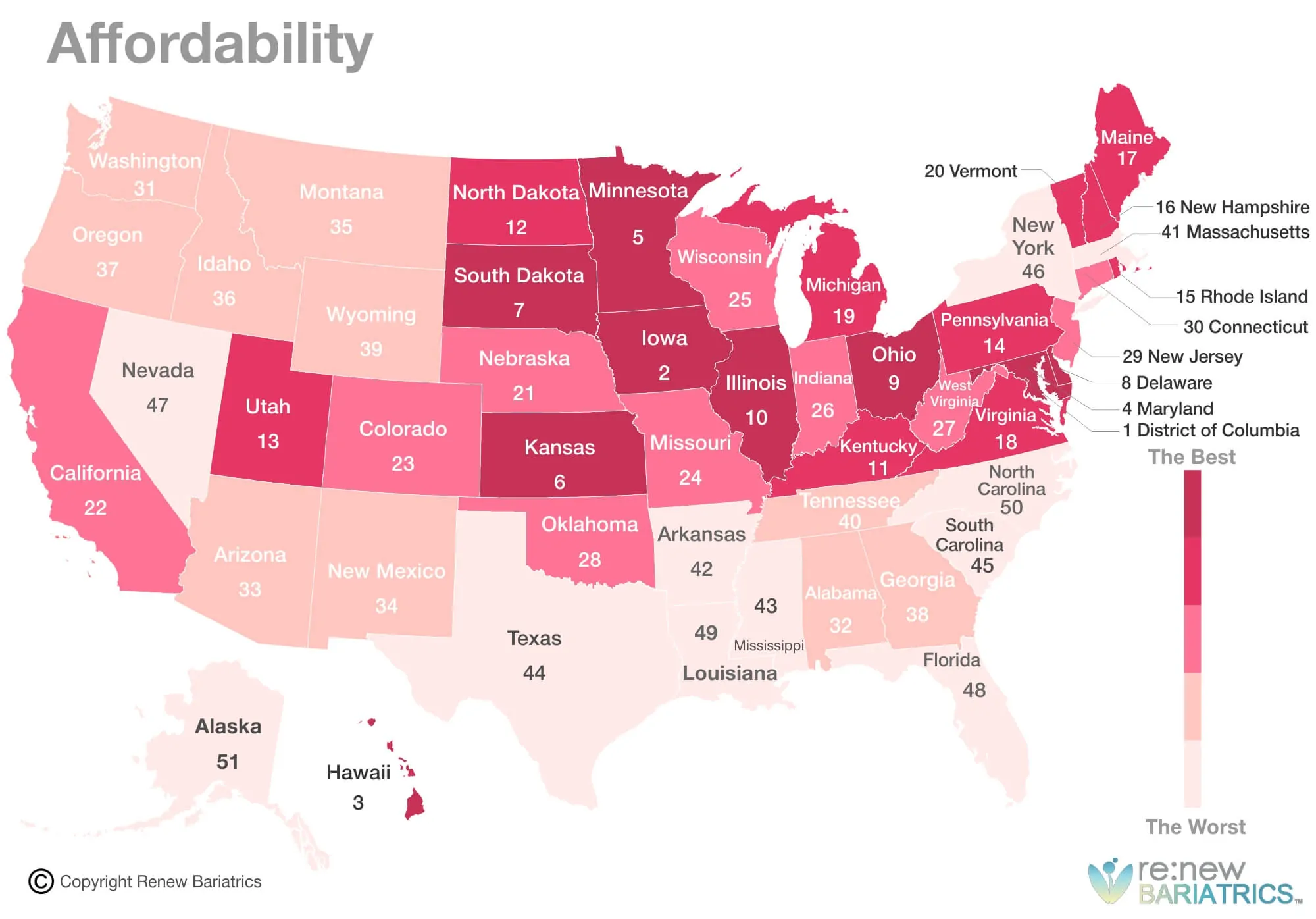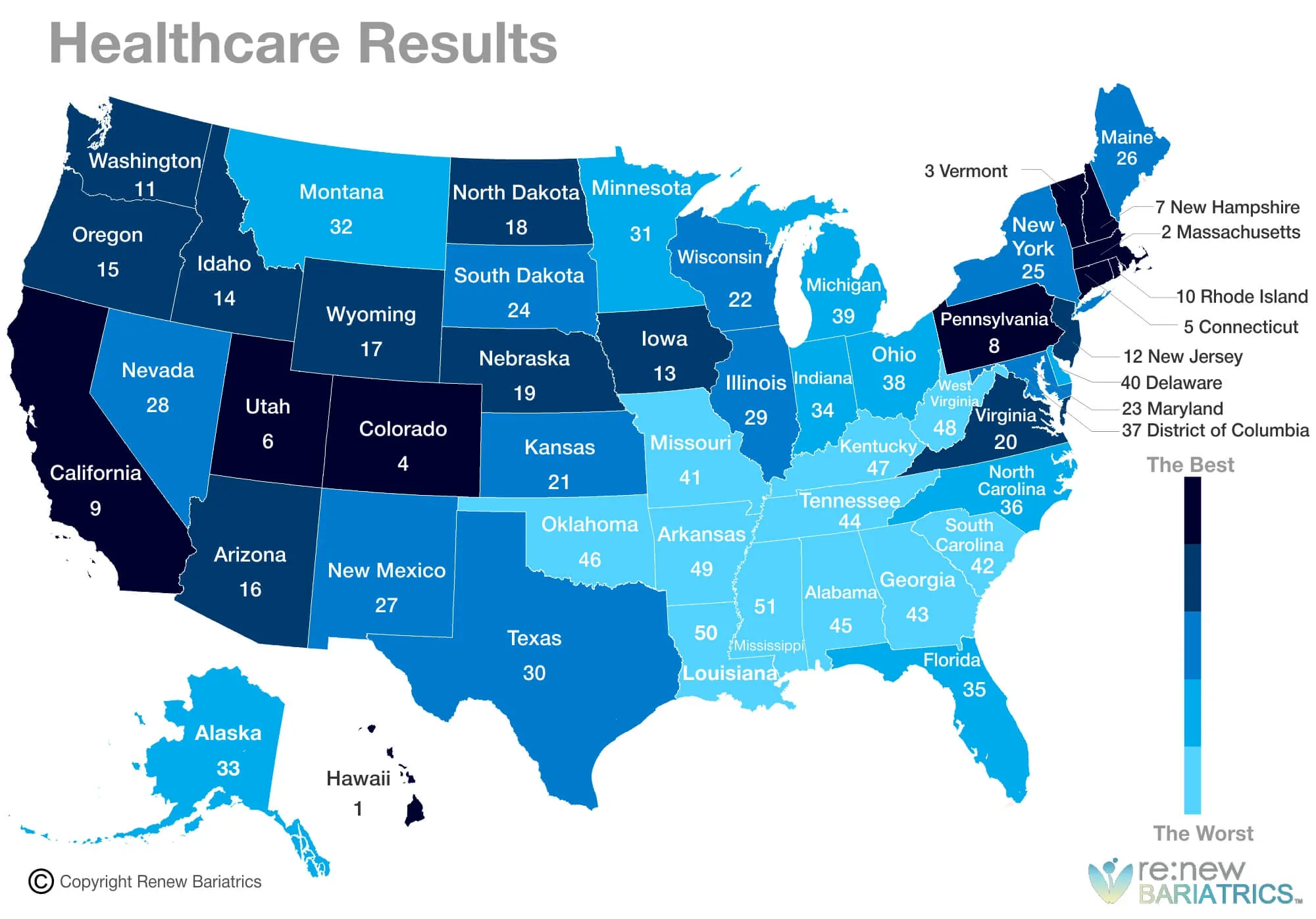Alfie Versus the State
David Warren writes about the attention being given to the fate of toddler Alfie Evans. To oppose his death is to be an enemy of the state.
As I write, the fate of the baby Alfie Evans in England is (or was) open. It is “breaking news,” and there are two things to know about that. First, all media reports are suspect, including those the reader wishes to be true. Even with goodwill, which is often absent, journalists will confuse significant details.
Second, it is an incomplete story. Alfie might die before this is published; or he might still be alive in September. My earnest prayers are that he will still be defiantly alive; but as even the doctors in Liverpool’s Alden Hay hospital do not understand his “disease,” who can guess?
The story “on the ground” seems straightforward. A child appears to be dying in a British hospital. British courts have ruled that he must be “allowed” to die – by disconnecting him from elementary life support systems, despite his parents’ desperate efforts to save him. An Italian aircraft is standing by, ready to fly the child to Italy, and doctors at Bambino Gesu in Rome are prepared to receive him. The Vatican has offered to cover the costs. But a British judge ruled that this must NOT be allowed, and his superiors up to the European court quickly signed off on it.

It is worth noting that the High Court Justice, Anthony Hayden, is a prominent member of the Bar Lesbian and Gay Group (“BLAGG”), who co-wrote a manual on Children and Same-Sex Families; that the Alfie case was presented by the pro-life and pro-family Christian Legal Centre – two radically opposed positions, Culture of Death versus Culture of Life, on almost all fronts. What were CLC’s chances?
On Tuesday, the child was “unplugged.” But as I write he is still breathing, and his father reports that he is responding well to his mother’s cuddling.
The child was “diagnosed” with an unknown brain degenerative condition when he fell into a coma many months ago. The monitors show extensive brain damage – I’m assuming this is correctly reported – and the assumption of a cause has been a recurring medical tradition since at least the days of Hippocrates. It does not follow that the cause is understood, and removing the little patient from ventilator, hydration, and nutrition will not advance the study.
Both the child’s father and the child’s doctors misuse that term, diagnosis, from ignorance. But as I think Hippocrates would agree, ignorance is common and knowledge is rare. Still, it is worth pointing out that a non-diagnosis cannot be a “misdiagnosis.” The two sides lead each other into error.
In our brave new age of “euthanasia,” we kill first and ask questions later. In the godless outlook, the only criteria for moral decisions can be physical or psychological pain. “Quality of life” indicates its absence. Its presence can now be a death sentence. Humans can be sustained or put down along veterinary guidelines.
As I and others long ago argued, the legalization of abortion would lead inevitably to this. We said that if people including their own mothers can pick and choose, which unborn baby is “wanted” (and thus the moral equivalent of a human being) and which “unwanted” (and thus the moral equivalent of a sick cat), the hell gates were open. Now look at what is coming through.

While all of the “life issues” have emotional implications, fact remains fact. Without sharp, absolute criteria on matters of life and death, we are all for the boilers. Thinking is replaced by feeling on all sides. Our (dare I say, God-given) instincts are normally on the side of survival, but when the principle of the intrinsic worth of a human life has been abrogated – every human life, not some – anything is possible.
Alfie has (impressive) young parents who are working-class Catholic, and a legion of supporters who are unambiguously pro-life. All such are accused by the authorities of “emotionalism.” I’m sure they are guilty. The “optics” of the case are very bad for the British medical and legal establishment, which goes some way to explain why the story is downplayed in liberal media such as the BBC. And “up-played” in certain right-wing tabloids.
There are also emotions on the other side. Contempt for believing Christians is among them; and more generally, for those who insist that human life is sacred. The smugness in the language many journalists use to describe them may not be obvious to themselves. It is extremely obvious to their targets.
But here again, the “abortion principle” comes into play. Those on the losing side of the fight to preserve our civilization are not deemed to have the right to their opinions. They are “unpersons” to everyone from government bureaucrats to fashionable lawyers to media talking heads.

This is why, to give an obvious instance, President Trump is deemed to be illegitimate: because he was elected by people in that “flyover” country whose votes shouldn’t count; people who, in effect, “should have been aborted.” The same is at large in every Western country; and the response of the unpersoned to their unpersonators was predictable.
Meanwhile the police have formed a cordon outside Alden Hay, to control the “unwashed” opponents to what amounts to a state-ordered killing.
And a certain Chief Inspector Chris Gibson has warned that social media posts from their like are being monitored and, “Any offences, including malicious communications and threatening behaviour, will be investigated and, where necessary, will be acted upon.”
In other words, Big Brother is watching, careful what you say.
This was also predictable. When policies are adopted that are contra naturam, enforcement is required. Defenders of the ancient order must be silenced, for fear they may organize themselves.
To what I will call the “post-abortion liberal,” opposition is no longer a question of free speech. It is an act of rebellion against their Dictatorship of Relativism.
Alfie must die, and those who think otherwise are sworn enemies of the State.
![]()
David Warren
David Warren is a former editor of the Idler magazine and columnist in Canadian newspapers. He has extensive experience in the Near and Far East. His blog, Essays in Idleness, is now to be found at: davidwarrenonline.com.
EDITORS NOTE: © 2018 The Catholic Thing. All rights reserved. For reprint rights, write to: info@frinstitute.org. The Catholic Thing is a forum for intelligent Catholic commentary. Opinions expressed by writers are solely their own.


























 Healthcare’s Affordability
Healthcare’s Affordability Healthcare’s Availability
Healthcare’s Availability Healthcare’s Results, Outcome
Healthcare’s Results, Outcome Individual State’s Healthcare
Individual State’s Healthcare